
Nigeria, a nation teeming with cultural vibrancy, natural beauty, and historical wealth, is home to some of the most breathtaking and unique tourist destinations in Africa. Yet, many of these locations remain largely underexplored, underdeveloped, or under-promoted. This long-form exploration highlights select tourist attractions from each of Nigeria’s six geopolitical zones, delving into their unique features, cultural importance, and the lingering issues that hinder their potential.
Nigeria, the giant of Africa, is not only rich in human capital and natural resources but also in breathtaking landscapes, historical landmarks, and cultural gems scattered across its 36 states. From the tranquil waterfalls tucked deep in the southeast to the rocky outcrops of the central north, from ancient kingdoms to coastal paradises, Nigeria’s tourism potential is immense. Yet, it remains startlingly underexplored. While neighbouring countries like Ghana and Kenya have built lucrative tourism industries, Nigeria’s treasures often lie hidden under the weight of neglect, insecurity, poor infrastructure, and a lack of strategic vision.
The narrative of Nigerian tourism has for too long been muted. Many of these destinations are barely documented online, lack basic facilities, and suffer from nonexistent road networks. Despite the existence of laws and commissions aimed at developing the sector, execution remains a challenge. The gap between what is possible and what is currently obtainable in Nigeria’s tourism scene is vast and glaring.
This article takes a journey across Nigeria’s six geopolitical zones, shedding light on selected attractions in each state. These are not mere tourist spots. They are reflections of Nigeria’s story, resilience, creativity, and natural splendour. Each location holds the promise of adventure, education, and economic transformation if only the proper steps are taken to harness them. From the enchanted caves of Anambra to the dunes of Yobe, it’s time to shine a light on what could be and why we’re not quite there yet.
Southeast Nigeria
Oguta Lake (Imo)
The lake is a beautiful blue colour and is neither salty nor home to crocodiles, making it ideal for swimming and water sports. One half of the lake is a brownish colour; the other half flows clearly and almost appears green. These waters, Ogbuide (the green, female side) and Urashi (the brown, male side), have never mixed, adding a mystical quality to the lake. Oguta Lake also boasts a tourism complex with an international-standard golf course, cruise boat services, a mini children’s park, a relic bunker from the Nigerian Civil War, and a Golf Club Bar House. Despite all of this, Oguta Lake remains poorly promoted. Its unique features and developed infrastructure are not widely known, and until greater efforts are made in marketing and accessibility, the lake’s full tourism potential will remain untapped.

Ogbunike Cave (Anambra)
A sacred UNESCO-listed site, Ogbunike Caves are a network of tunnels rich in history and spiritual significance. However, the tourism experience is often marred by the lack of standardised practices. Tourists have reported that guides charge arbitrary fees based on the perceived wealth or appearance of visitors, creating an inconsistent and sometimes uncomfortable experience. Additionally, a nearby waterfall that could serve as an extension of the adventure is inaccessible mainly because the path leading to it is overgrown and unclear. These issues, compounded by a lack of preservation and formal promotion, continue to keep this cultural and natural wonder underutilised
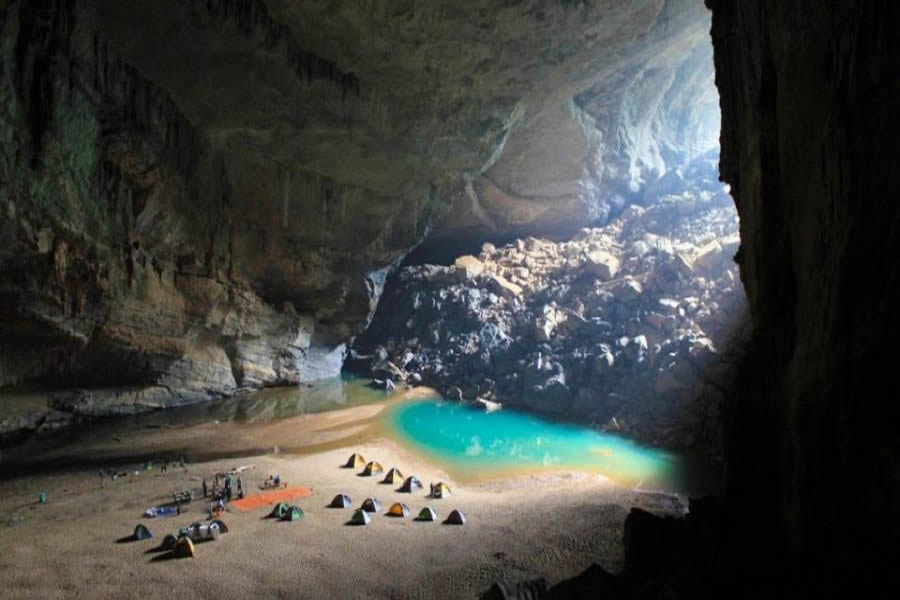
Adaada River (Enugu)
Situated in Nsukka, this hidden gem is both scenic and culturally symbolic. Despite its serene beauty, Adaada River remains vastly underutilised. There are no major facilities on-site, and it lacks any formal tourism framework to manage safety, crowd control, or environmental preservation. Tragically, a tourist drowned at the site in 2023, underscoring the urgent need for proper supervision, signage, and life-saving infrastructure. If developed responsibly, this natural site could become a major attraction for eco-tourism and cultural heritage exploration.
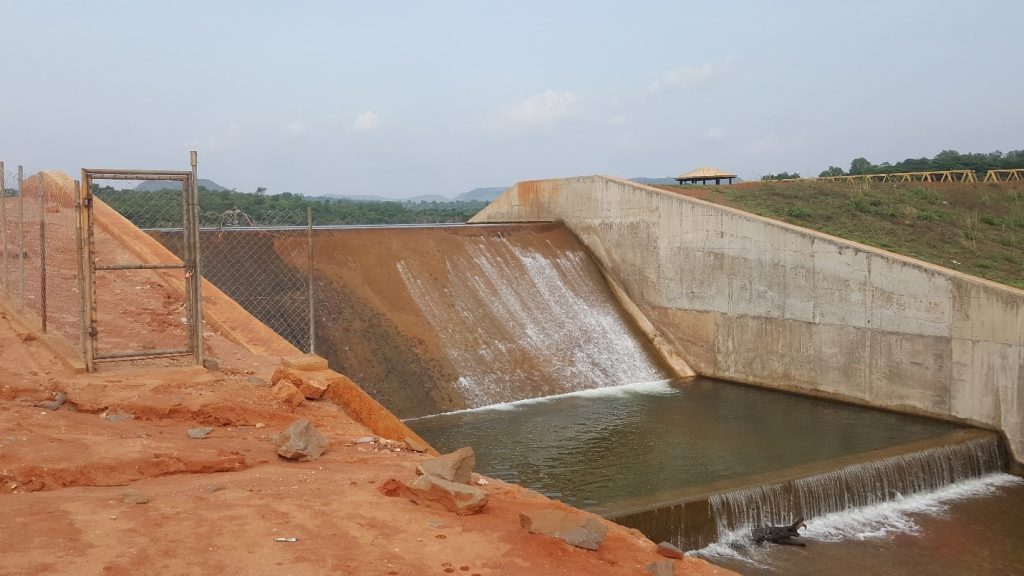
Awhum Waterfalls (Enugu)
Located near a monastery, this waterfall doubles as a pilgrimage site. However, access to the falls is heavily controlled by the monastery nearby, which treats the area more as a private spiritual retreat than a public tourism destination. Tourists have complained of harassment, strict filming regulations, and selective admission depending on personal judgments made by the monastery staff. Beyond these challenges, the path to the waterfall is poorly maintained and forested, making it easy for visitors to get lost and, in extreme cases, wander into nearby towns. These factors have collectively stifled its tourism growth and accessibility despite its breathtaking natural appeal.
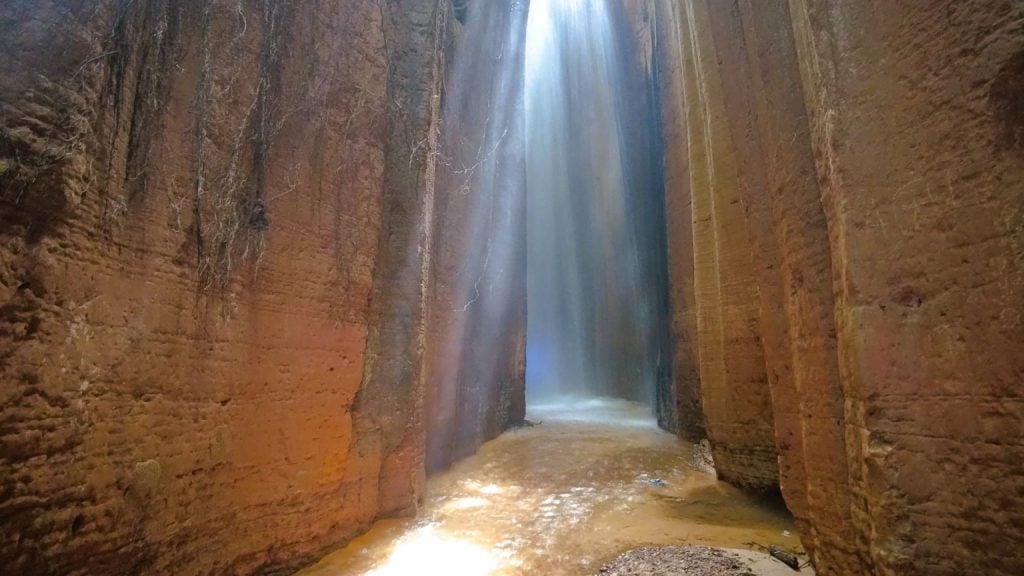
Arochukwu Long Juju Shrine & Slave Route (Abia)
This dark, kilometre-long network of tunnels was once the domain of Ibini Ukpabi, one of the most powerful deities in Igboland during the Trans-Atlantic slave trade era. The temple complex was considered a final court of judgment. Those brought for trial would enter and await divine verdicts. Innocents were reunited with their families, while the condemned disappeared into dark tunnels, often sold into slavery. Sadly, the road leading to this profound historical site is in deplorable condition, making access extremely difficult.
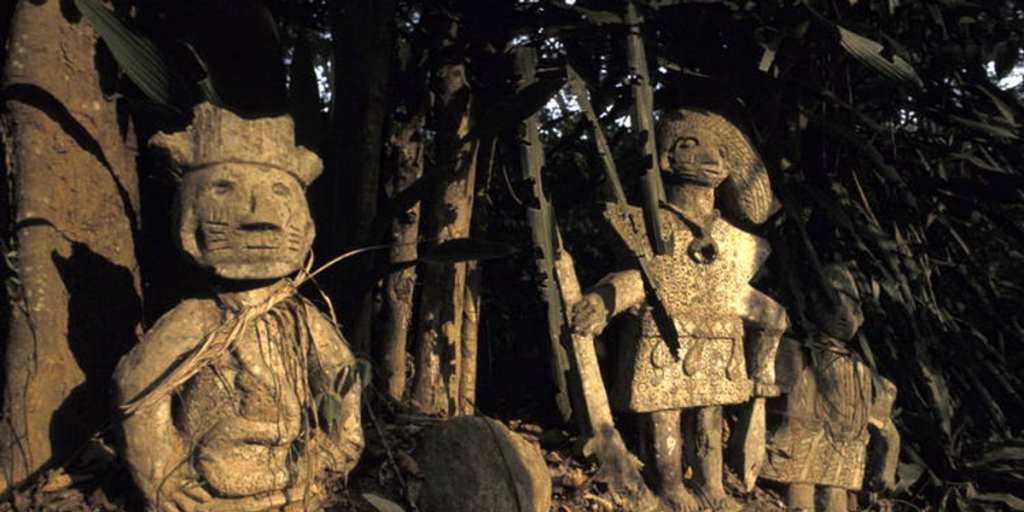
Nike Lake Resort (Enugu)
The resort is built beside a picturesque lake, but while the view remains stunning, the facilities have significantly deteriorated. Tourists have raised concerns about outdated hotel infrastructure and poor maintenance. However, there is renewed hope following a 35-year lease agreement granted by the Enugu State Government to the Landmark Africa Group. This development promises transformative upgrades and potentially better media promotion. If executed properly, Nike Lake Resort could reclaim its position as a premier getaway destination in southeastern Nigeria.
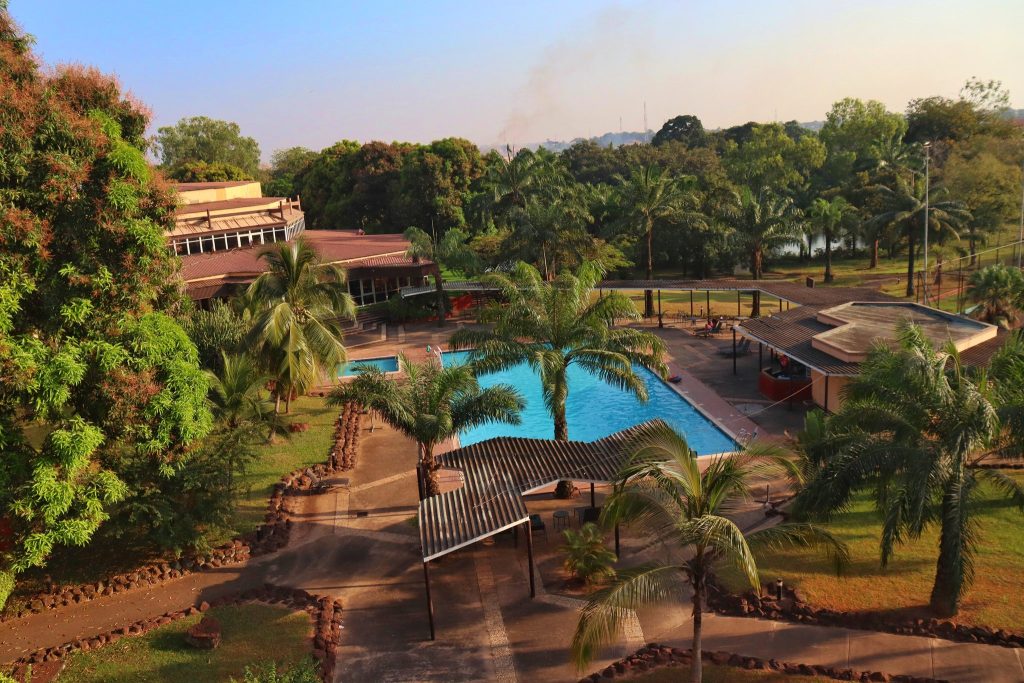
Southwest Nigeria
Owu falls
Owu Falls cascades over rugged cliffs in the heart of Kwara State. Despite its enormous potential, Owu Falls remains grossly underutilised. There is no proper path leading to the waterfall, and tourists often complain about getting lost or accidentally straying into surrounding villages. The area is also littered with waste due to a lack of maintenance, and there are no official gate fees, tour guides, or visitor services. Without basic tourism infrastructure and safety measures, this stunning site remains inaccessible and neglected.

Olumo Rock (Ogun)
Olumo Rock is one of Nigeria’s most iconic and historically significant tourist sites. Located in Abeokuta, Ogun State, the site offers a perfect blend of history, culture, and modern tourism development. Visitors can either climb the rock or use a functional elevator – a rare convenience at a Nigerian heritage site. The guided tours provide insights into Egba history, and the surrounding area features attractions such as the Fela Shrine and art galleries. Unlike many tourist sites in Nigeria, Olumo Rock is well-utilised and well-maintained, with steady visitor traffic year-round. It exemplifies what tourism can achieve with proper infrastructure and consistent management.

Idanre Hills (Ondo)
With about 660 steps leading to ancient settlements atop the hill, Idanre is a visual and historical marvel. The hike up the hill is both exhilarating and exhausting, taking visitors through centuries-old steps, ancient settlements, and sacred sites. While the location is moderately utilised, there are significant gaps in infrastructure, particularly at the resting points along the climb, which lack protective sheds or seating. This makes the journey physically taxing and less appealing to elderly tourists or families. With better resting infrastructure and clearer paths, Idanre Hills could easily compete with international hiking destinations.
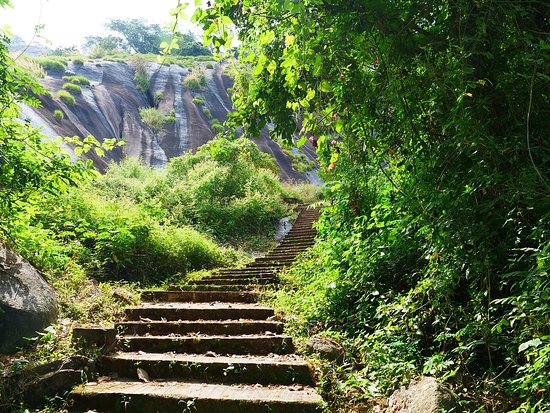
Erin-Ijesha Waterfalls (Osun)
Also known as Olumirin Waterfalls, this stunning cascade is nestled in the town of Erin-Ijesha in Osun State. The waterfalls offer a multi-level climb with scenic views and lush greenery that attract adventurers and nature lovers alike. However, a glaring safety issue remains unresolved: the rocks lack railings, making the climb hazardous. Tourists risk severe injuries from slipping or falling, and the metal railings that once lined parts of the path have not been repaired for years. Despite its natural beauty and regular visitor traffic, Erin-Ijesha remains under-maintained and exposes visitors to unnecessary danger.

Ikogosi Warm Springs (Ekiti)
Ikogosi Warm Springs stands out as a prime example of booming tourism revitalisation in Nigeria. Nestled in Ekiti State, the resort is famous for the natural confluence of warm and cold springs. An environmental wonder rarely seen elsewhere. While it was once in a poor state with failing infrastructure and low patronage, significant redevelopment efforts have transformed Ikogosi into a well-utilised and premium destination. Though relatively expensive compared to other local attractions, many visitors agree that the experience is worth the cost, with improved accommodations, guided tours, and well-maintained facilities. Ikogosi now demonstrates what’s possible when vision meets investment in Nigeria’s tourism sector.

Oniru Beach (Lagos)
Oniru Beach is a private beach located in Victoria Island, Lagos State, owned by the Oniru Royal family. It is one of the most widely visited and popular beaches in Lagos, known for its neatness, accessibility, and vibrant atmosphere. Oniru stands out as a prime destination for locals and tourists seeking relaxation away from the city’s bustle. It is especially busy during holidays and festive seasons, but even on weekends, it offers a lively space for bonding with family and friends. Unlike many underutilised destinations in Nigeria, Oniru is well-maintained and maximised for tourism, proving that with private investment and consistent management, Nigerian beaches can thrive.
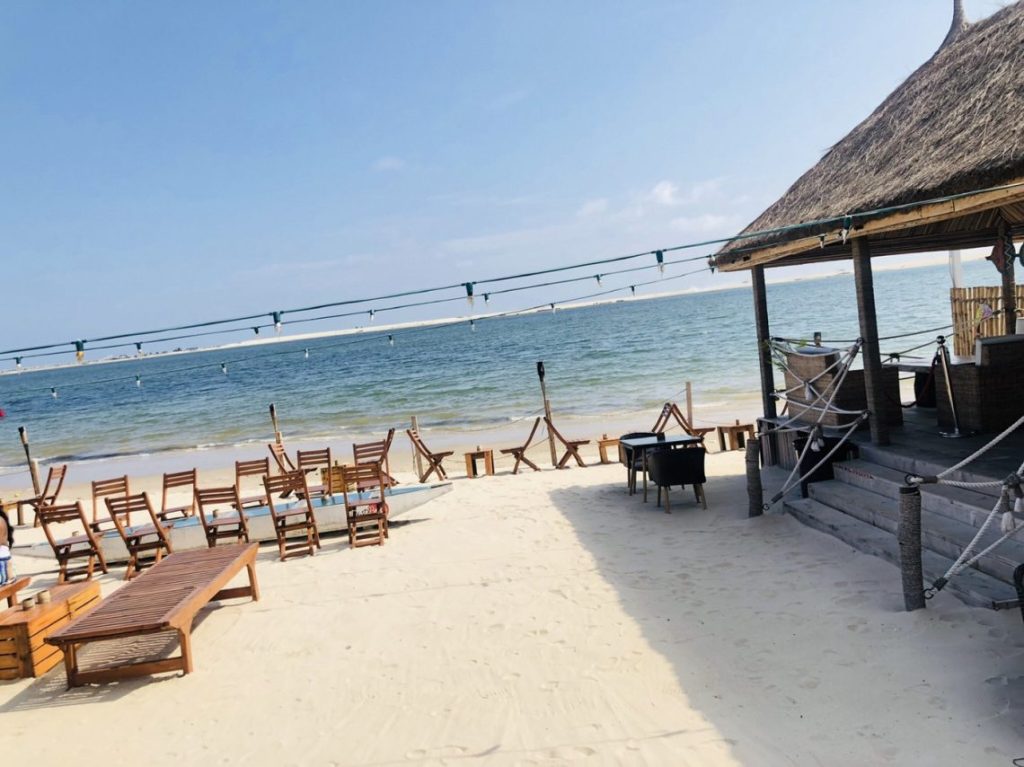
South-South Nigeria
Port Harcourt Pleasure Park (Rivers)
Port Harcourt Pleasure Park is one of Nigeria’s most developed and actively used recreational centres. Situated in the heart of the city, the park features a cinema, functioning amusement rides, a mini-golf course, and several family-friendly attractions. It attracts thousands of visitors weekly, both locals and tourists alike, and offers a safe, clean, and organised environment. Its consistent management and investment have made it a successful model of what public-private partnership in tourism can achieve in Nigeria.
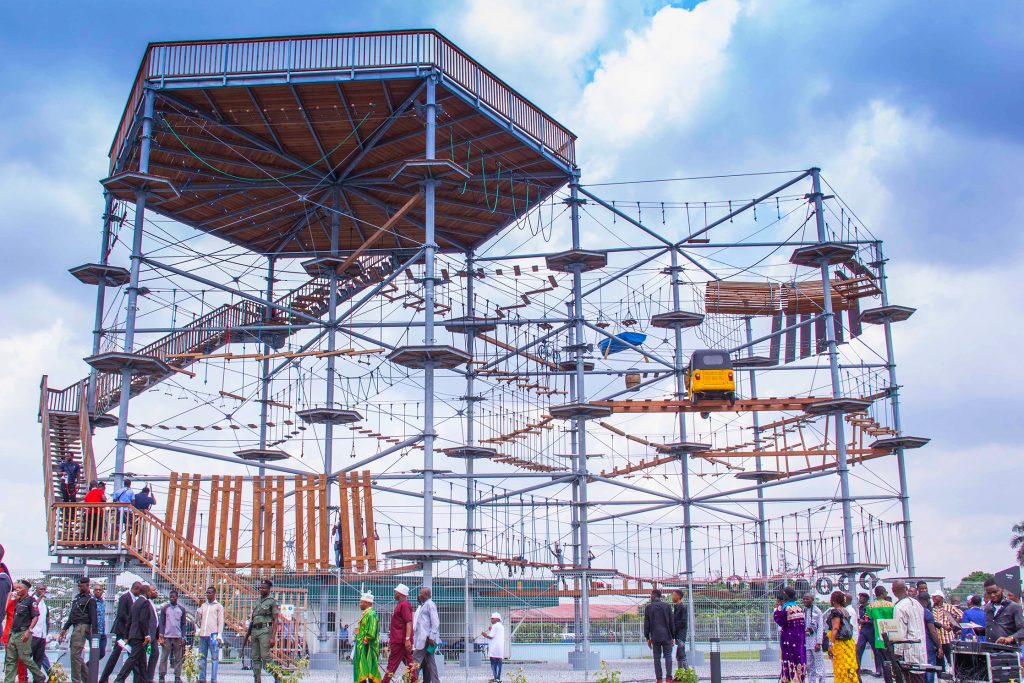
Ibeno Beach (Akwa Ibom)
Ibeno Beach, stretching over 30 kilometres along the Atlantic coast, is one of the longest sand beaches in West Africa. Its natural beauty and soothing coastal ambience make it an ideal destination for relaxation, water sports, and coastal tourism. Yet, unlike the beaches of Lagos that are lined with luxurious beach houses and vibrant nightlife, Ibeno lacks such supporting infrastructure. Tourists have also complained about littering and poor sanitation at the site. Without consistent environmental management and strategic development, this scenic coastline remains significantly underutilised in Nigeria’s tourism landscape.
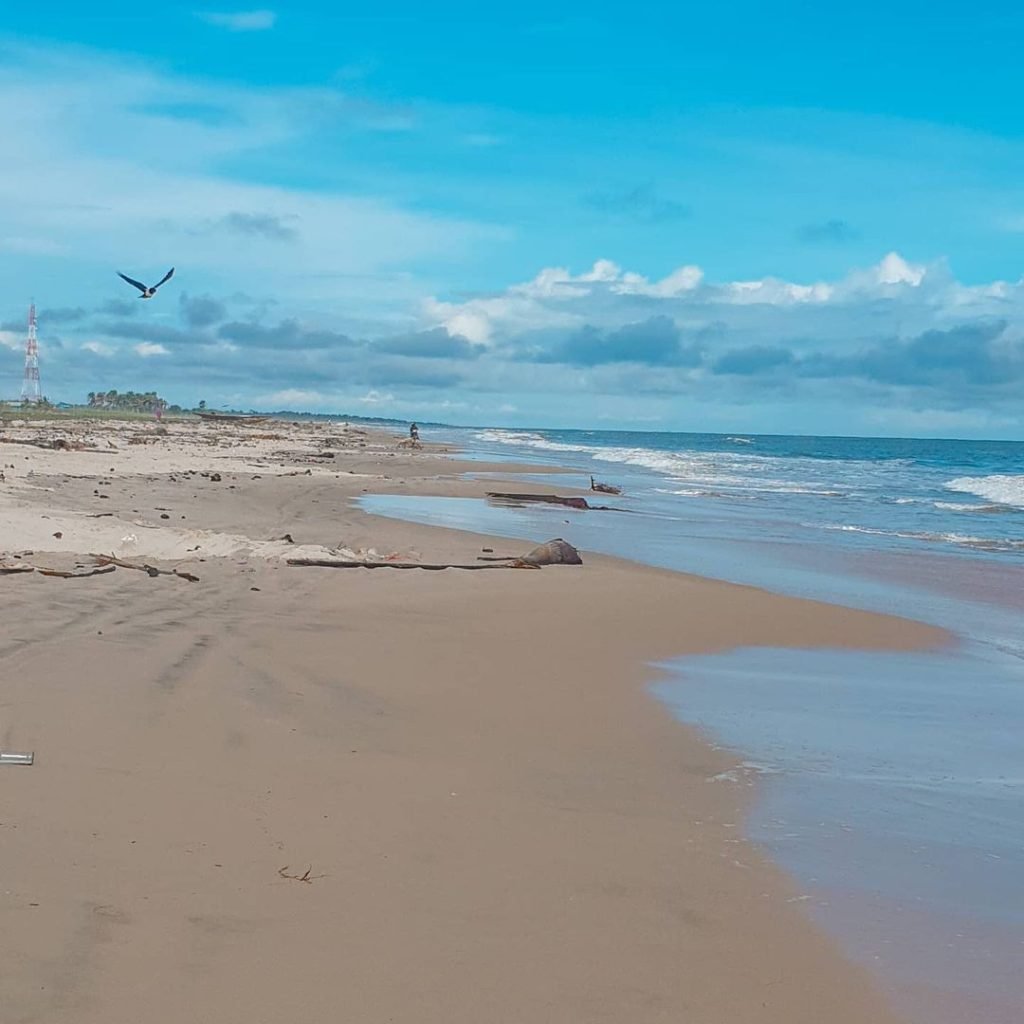
Obudu Mountain Resort (Cross River)
Obudu Mountain Resort, formerly known as Obudu Cattle Ranch, is perched high in the mountains of Cross River State. Known for its cool climate, rolling hills, and scenic lodges, it remains one of the most underutilised tourist destinations in the country. In its early days, the ranch was home to leopards and horses, which added a wildlife dimension to its appeal. However, these animals are no longer part of the experience, and parts of the resort have suffered from inconsistent maintenance and dwindling state support. While still active, Obudu’s full potential has yet to be realised and without strategic upgrades and preservation, it risks losing the charm that once made it Nigeria’s tourism pride.
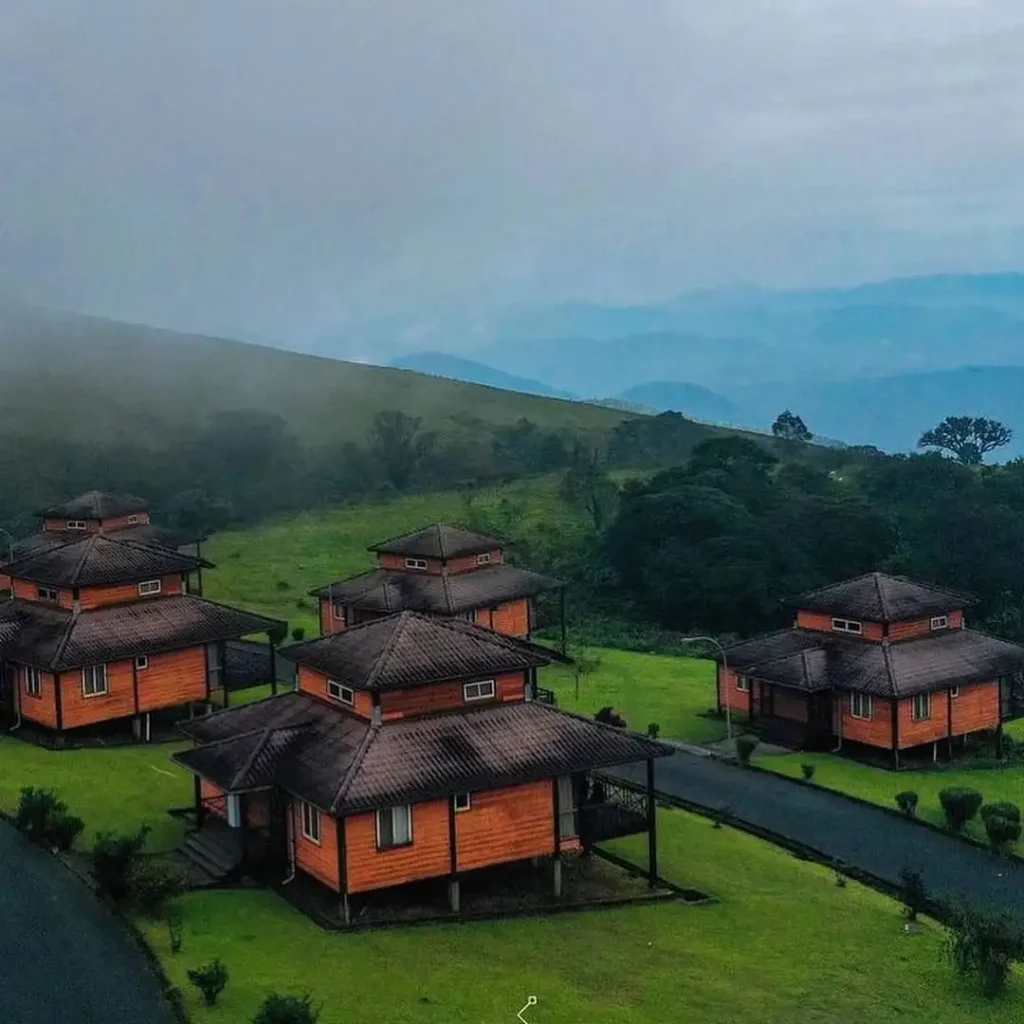
Agbokim Waterfalls (Cross River)
Agbokim Waterfalls is one of Nigeria’s most breathtaking natural attractions, featuring seven distinct cascades plunging into a lush, misty valley surrounded by thick rainforest. Located in Etung Local Government Area, Cross River State, just 17 km from Ikom and close to the Cameroon border, it offers a rare blend of adventure, tranquillity, and cultural richness. Part of the journey to the site involves hiking, which adds to the thrill but also exposes its infrastructural gaps. The location lacks sufficient publicity, and without active marketing or strategic development, it remains one of Nigeria’s most underutilised eco-tourism destinations.

Park Vega (Delta)
Park Vega is one of the most utilised and modern amusement and water parks in Nigeria, attracting a significant number of families and thrill-seekers to Delta State. It offers a range of attractions from water slides to pools and leisure spaces, making it a fun destination for both children and adults. However, one of the key setbacks is the road network leading to the park, which is far from ideal. The journey can be very uncomfortable. This poor accessibility detracts from the otherwise vibrant experience the park provides and remains a hurdle to its full tourism potential.
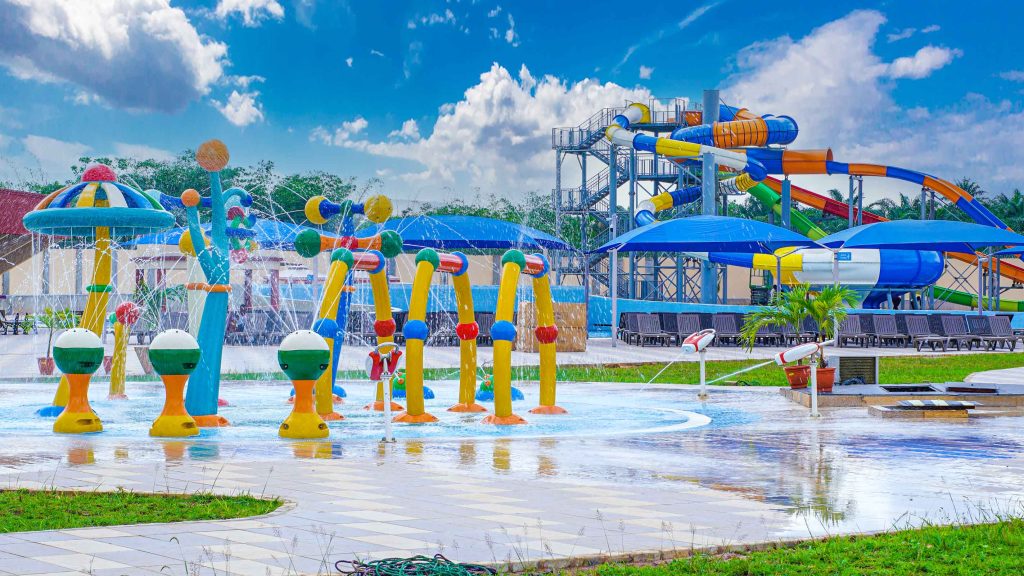
River Ethiope (Delta)
River Ethiope, often described as one of the clearest rivers in Africa, flows through Delta State and feeds into the famous McCarthy Beach and Resort. This location is relatively well-utilised, especially for swimming, kayaking, and small-scale leisure activities. However, parts of the river suffer from pollution and poor waste management, making certain areas unpleasant for visitors. Additionally, the resort’s facilities, particularly the rooms, are outdated and in need of renovation. These lapses in environmental upkeep and infrastructure quality prevent the destination from offering a world-class experience, despite its remarkable natural setting
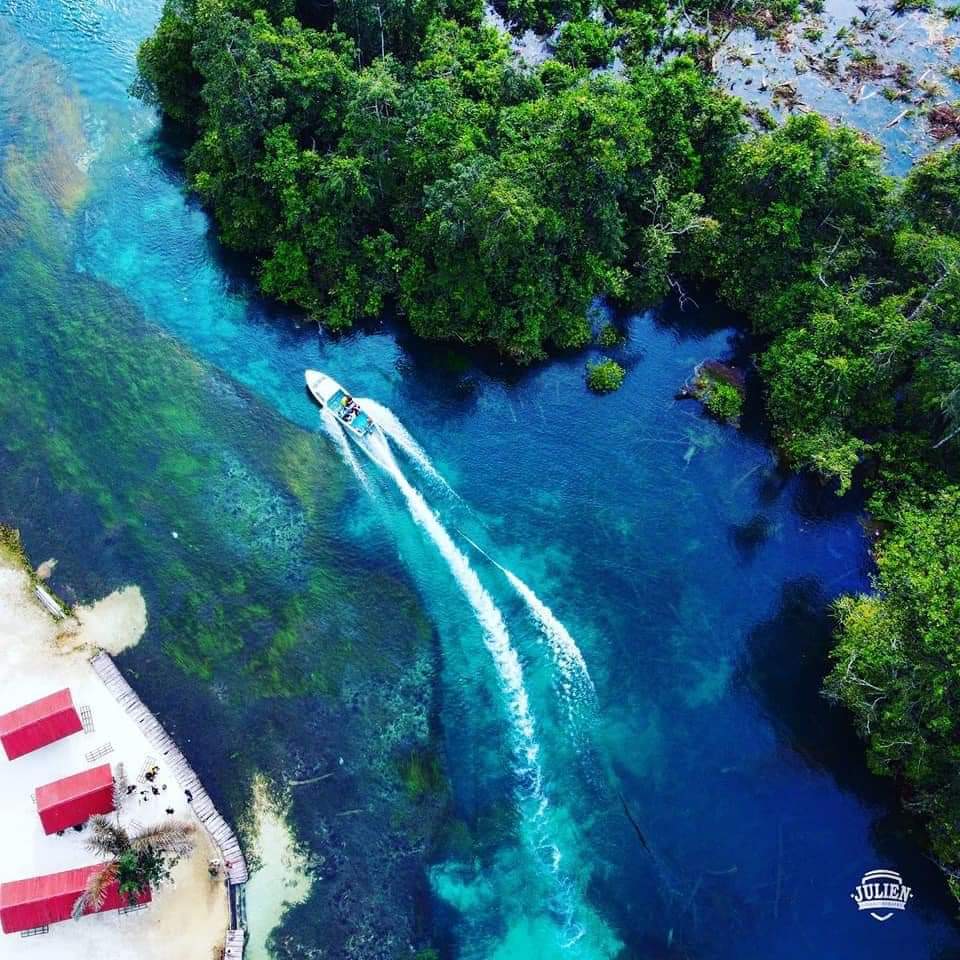
Northwest Nigeria
Kajuru Castle (Kaduna)
This medieval-style luxury castle, nestled in the mountains of Kajuru, looks like something out of a European fairytale. Complete with turrets, dungeons, and a moat-like swimming pool, it offers breathtaking views of the Kaduna countryside. Despite its uniqueness, Kajuru Castle is highly underutilised, partly due to a lack of media publicity. Many Nigerians are unaware of its existence. Insecurity in parts of northern Nigeria further discourages tourists, and with little government support or targeted promotion, this architectural gem continues to be overlooked.
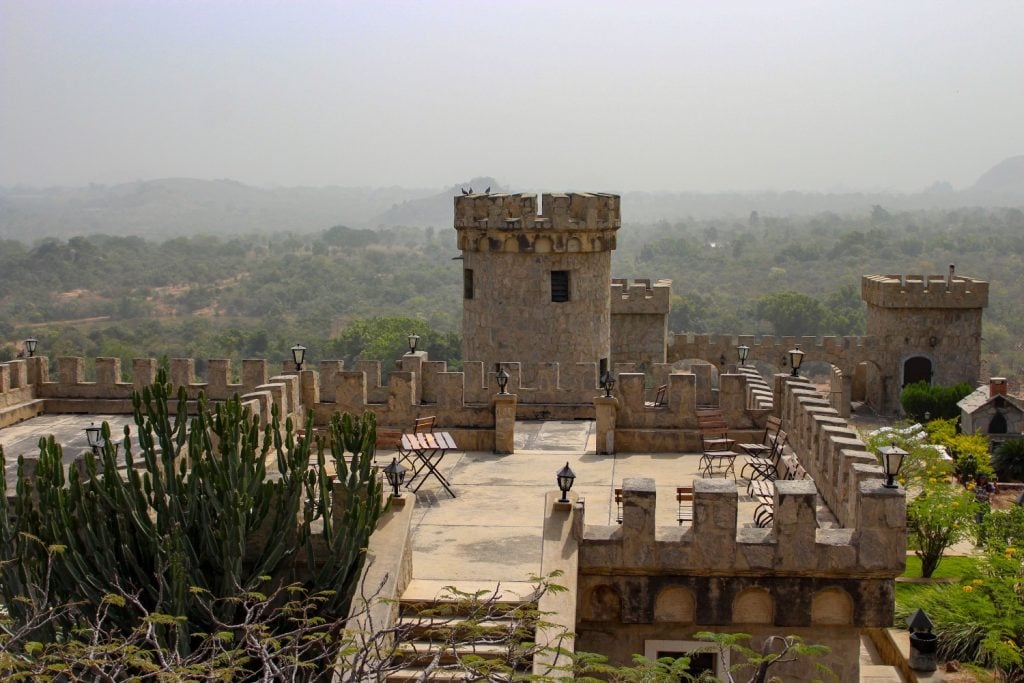
Kanta Museum & Argungu Festival (Kebbi)
Located in Argungu, the Kanta Museum is a historical fort turned museum that preserves the story of the Kebbi Kingdom. Its architecture and collection of traditional weapons and artefacts are remarkable. Just as significant is the Argungu Fishing Festival, a globally recognised cultural event that showcases traditional canoe racing and fishing competitions. The festival has not been held in over 10 years. The museum itself, while valuable, lacks modernisation, interactive exhibits, and digital outreach.

Matsiriga Waterfalls (Kaduna)
Flowing from the Kagoro Hills, this serene waterfall cascades into a rocky valley surrounded by lush greenery. It’s an ideal spot for eco-tourism and hiking, yet very few know of its existence due to minimal state investment and limited road access. Many residents believe the tourism potential of Matsiriga Waterfalls has largely remained untapped. Tourism experts suggest that if appropriately harnessed, this natural wonder could contribute significantly to employment and economic diversification within the state.

Gidan Rumfa and Gidan Makama (Kano)
Gidan Rumfa, the Emir’s Palace, is a 15th-century architectural marvel and arguably feels like the largest Emir’s palace in Northern Nigeria. Its sprawling compound, intricate Hausa architecture, and historical significance make it worthy of sightseeing. Beside it, Gidan Makama serves as a museum chronicling Kano’s rich cultural heritage. Both sites are crucial to understanding the legacy of the Hausa empire. However, despite their grandeur, they remain poorly promoted, missing out on their potential as top-tier heritage tourism destinations.
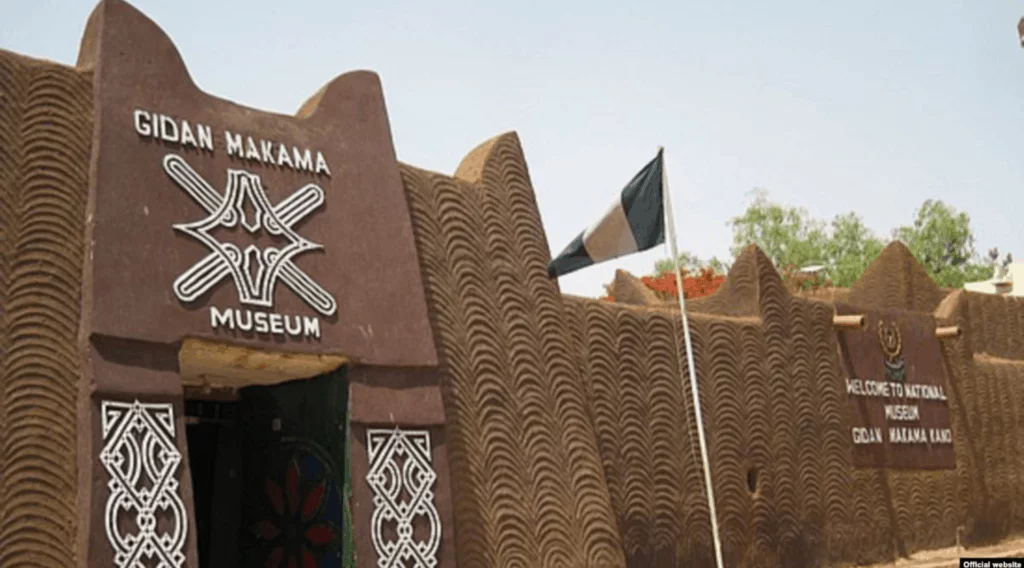
North Central Nigeria
Aso Rock (FCT)
Located on the outskirts of Abuja, Aso Rock is a towering natural monolith that stands beside Nigeria’s seat of power – the Presidential Villa, National Assembly, and Supreme Court. It offers scenic views, open fields ideal for picnics, and occasional glimpses of wildlife, but it remains underdeveloped mainly as a tourist destination. Due to tight security, limited access, and a lack of signage, hiking trails, or a visitor centre, tourists often leave with more questions than experiences. While there’s local interest in turning Aso Rock into a structured eco-tourism hub, government action has been slow. With proper investment, it could become a symbol of national pride and a world-class attraction.
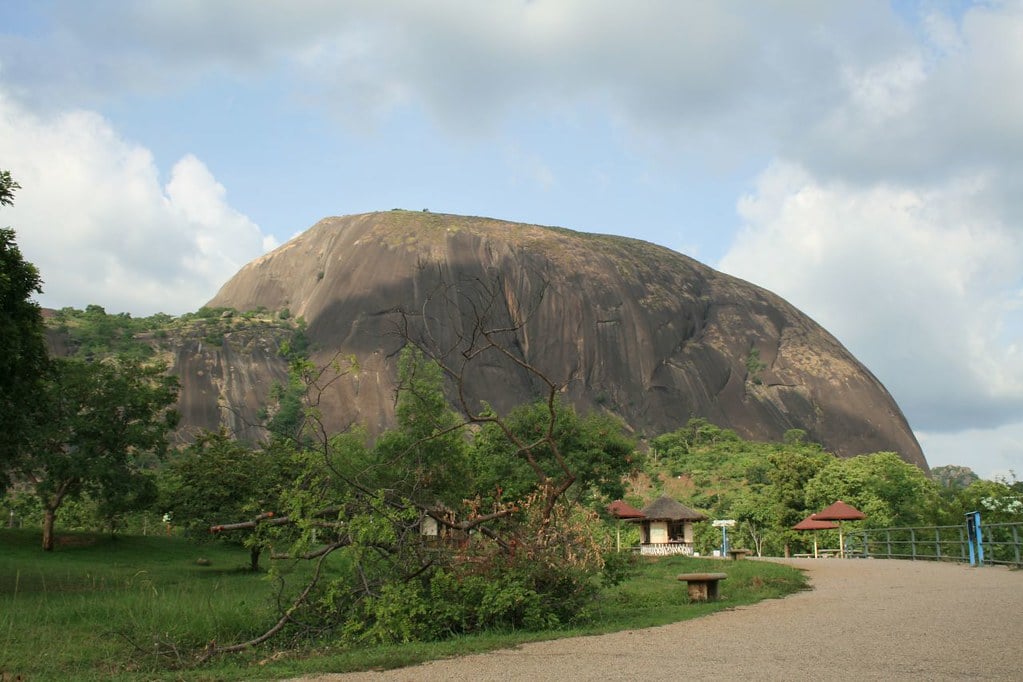
Zuma Rock (Niger)
Towering majestically along the Abuja–Kaduna expressway, Zuma Rock is one of Nigeria’s most iconic landmarks. Often referred to as the “Gateway to Abuja,” this massive monolith bears a natural facial engraving that adds to its mystique. However, despite its impressive size and historical symbolism, the site remains underexplored by tourists. Many people stop by the roadside to take pictures rather than engage with the rock more deeply. This is mainly due to the eerie stories and local myths surrounding the rock, which discourage visitation. With no structured tourism framework, guided tours, or on-site educational experiences, Zuma Rock continues to be more of a photo stop than a fully embraced attraction.
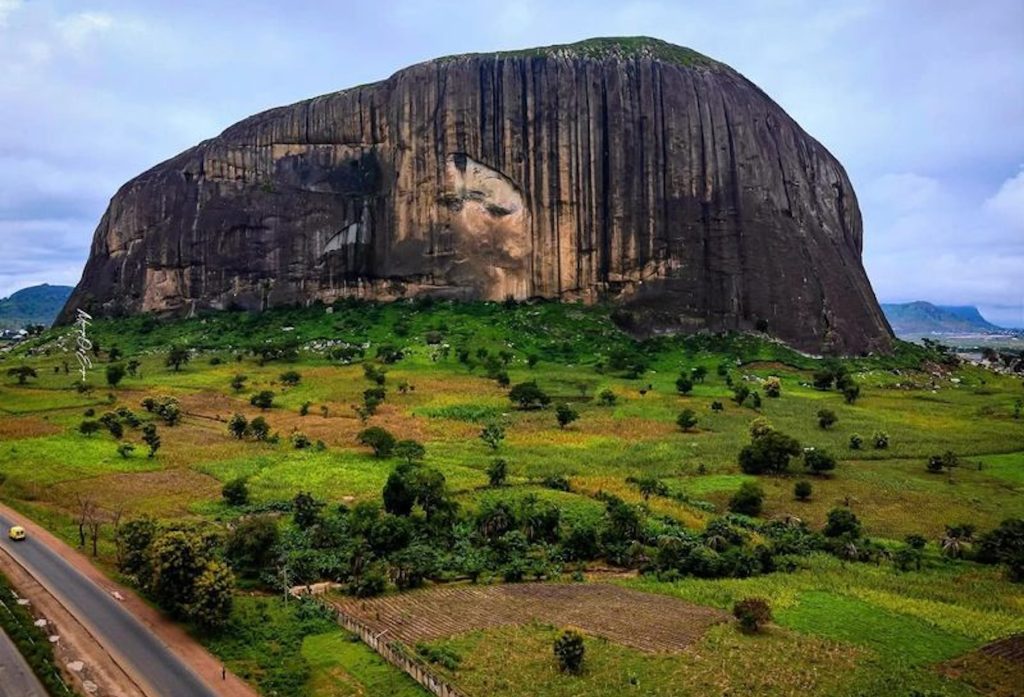
Kainji National Park (Niger/Kwara)
Kainji National Park spans an expansive territory across Niger and Kwara States and features three unique sectors: Kainji Lake, the Borgu Game Reserve, and the Zugurma Game Reserve. It is home to a rich variety of wildlife, including elephants, lions, buffalo, antelopes, crocodiles, hippos, and rare bird species, making it one of Nigeria’s most biodiverse parks. Despite this natural abundance, the park is significantly underutilised. Poor road access, limited accommodation, and almost nonexistent tourism infrastructure hamper its growth. Conservation efforts suffer from a lack of funding and strategic planning, and without promotional campaigns, Kainji remains largely unknown to most Nigerians. With focused investment and sustainable tourism practices, the park could easily rival wildlife destinations across Africa.
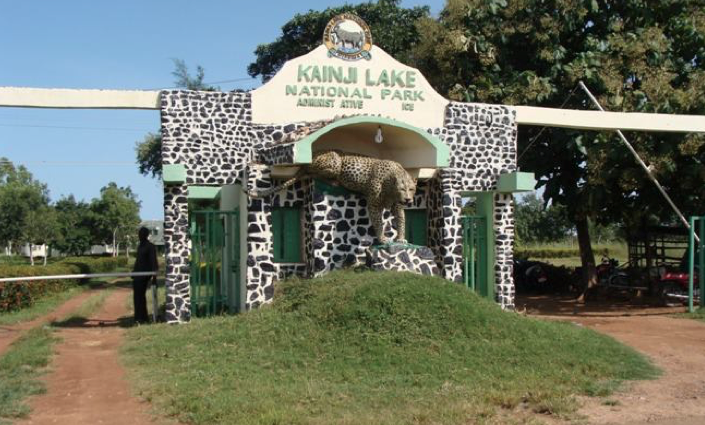
Jos Wildlife Park (Plateau)
Jos Wildlife Park stands as one of Nigeria’s oldest zoological gardens, offering a semi-natural habitat for various animals, including lions, monkeys, antelopes, and birds. In addition to its natural appeal, the park features a small museum that educates visitors about local biodiversity and the need for conservation. While the environment is generally serene and scenic, tourist experiences are inconsistent due to uncoordinated tour guides and a lack of structured programs. These service gaps have left the park underwhelming for many visitors despite its historical significance and potential for environmental education.
Farin Ruwa Falls (Nasarawa)
Tucked within the rugged hills of Nasarawa State, Farin Ruwa Waterfalls, meaning “White Water” in Hausa, is one of Nigeria’s most majestic natural wonders. Its thunderous descent into a lush forest valley creates a stunning sight that captures both the serenity and power of nature. The surrounding forest offers ideal conditions for short hikes and birdwatching, with over 140 bird species documented in the area. Despite its remarkable beauty and ecological richness, Farin Ruwa remains largely unknown even to many Nigerians. No promotional efforts have kept this gem off the national radar. With proper investment and visibility, it could easily become one of Nigeria’s top-tier eco-tourism destinations.
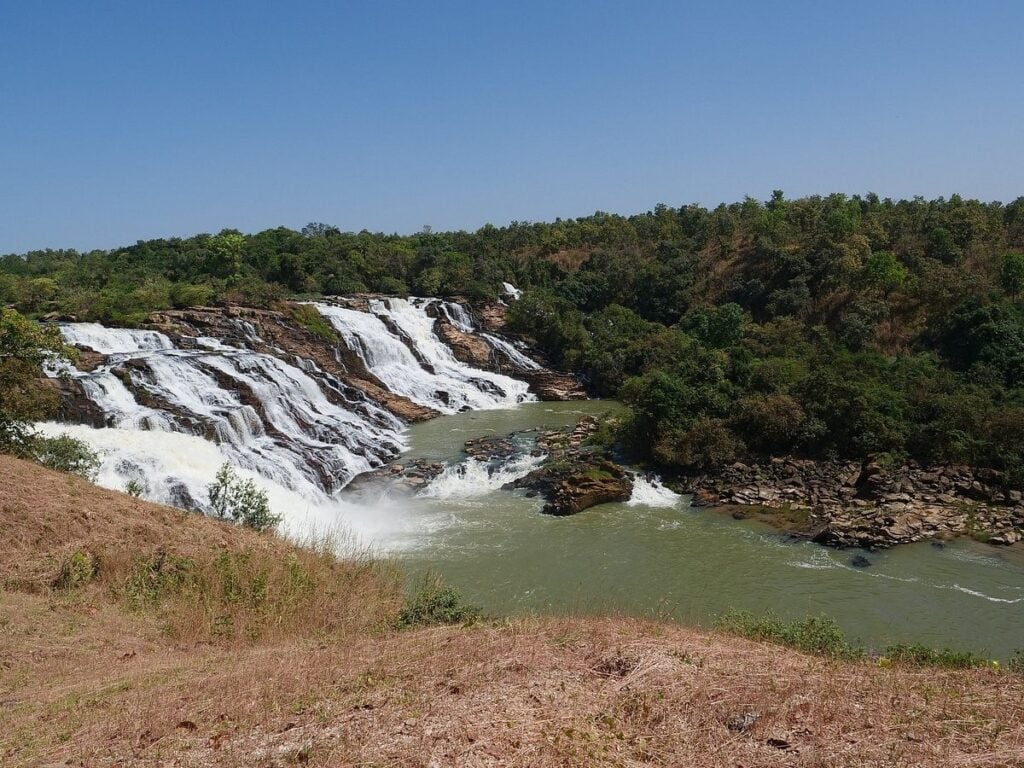
Northeast Nigeria
Yusufari Desert (Yobe)
Nestled in the northeastern state of Yobe, the Yusufari Desert is one of Nigeria’s most underrated natural wonders. Its vast stretches of golden dunes and semi-arid terrain present a surreal beauty that rivals some of the world’s most iconic desert landscapes. Yet, this remarkable destination remains shrouded in obscurity. Most Nigerians are largely unaware of its existence, mainly due to a complete absence of tourism marketing. Reaching Yusufari is also no easy feat; poor road networks and a lack of dedicated transport options make the journey daunting. The region still battles the shadow of insecurity, discouraging travel. Perhaps most critically, there is no tourism infrastructure – no eco-lodges, no guided desert tours, and no visitor amenities to attract or retain tourists. With the right mix of publicity, infrastructure, and security assurance, Yusufari could emerge as Nigeria’s premier desert tourism experience.
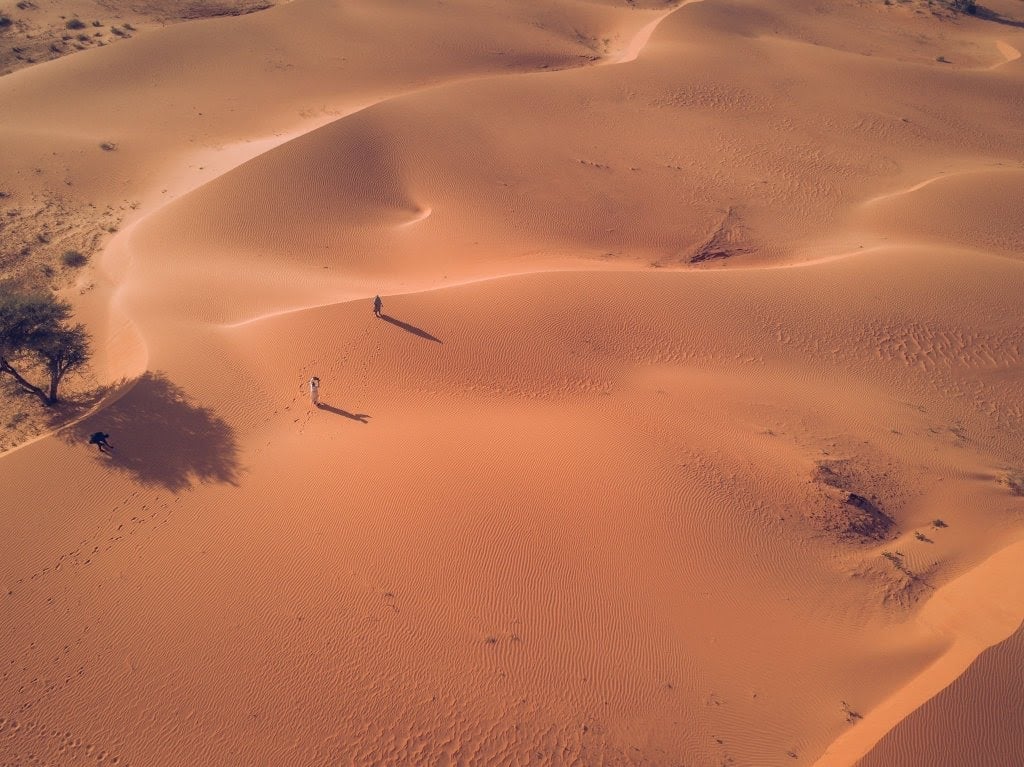
Yankari Game Reserve (Bauchi)
Arguably Nigeria’s most famous wildlife park, Yankari Game Reserve features warm springs, herds of elephants, and a diverse array of flora and fauna. Located in Bauchi State, it once held promise as a premier safari destination for both local and international visitors. However, tourists have repeatedly raised concerns about critical issues such as the lack of 24/7 electricity, a high presence of mosquitoes, and deteriorating facilities. These problems, along with insufficient maintenance and weak tourism promotion, have made the reserve less appealing over time. As a result, Yankari remains vastly underutilised despite its potential to be a flagship wildlife conservation and tourism hub in West Africa.
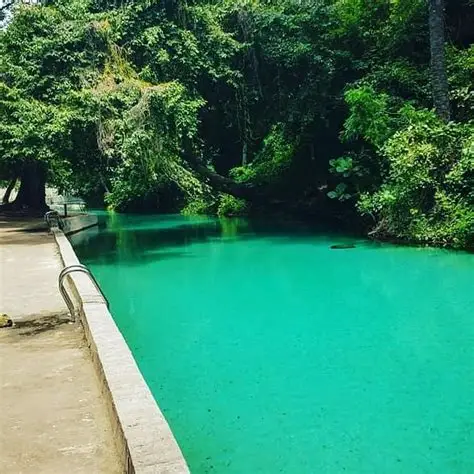
Mambilla Plateau (Taraba)
The Mambilla Plateau in Taraba State is one of Nigeria’s most awe-inspiring landscapes, an elevated haven of rolling hills, misty peaks, and cascading waterfalls. With an average altitude of about 5,000 feet above sea level, it holds the distinction of being the highest plateau in the country. Its cool climate and lush terrain make it feel almost otherworldly, unlike anywhere else in Nigeria. Notably, it is the only region in the country where tea is grown on a commercial scale, adding a unique agricultural charm to its natural beauty. Despite its potential for eco-tourism, adventure travel, and agritourism, the Mambilla Plateau remains shockingly underpublicised
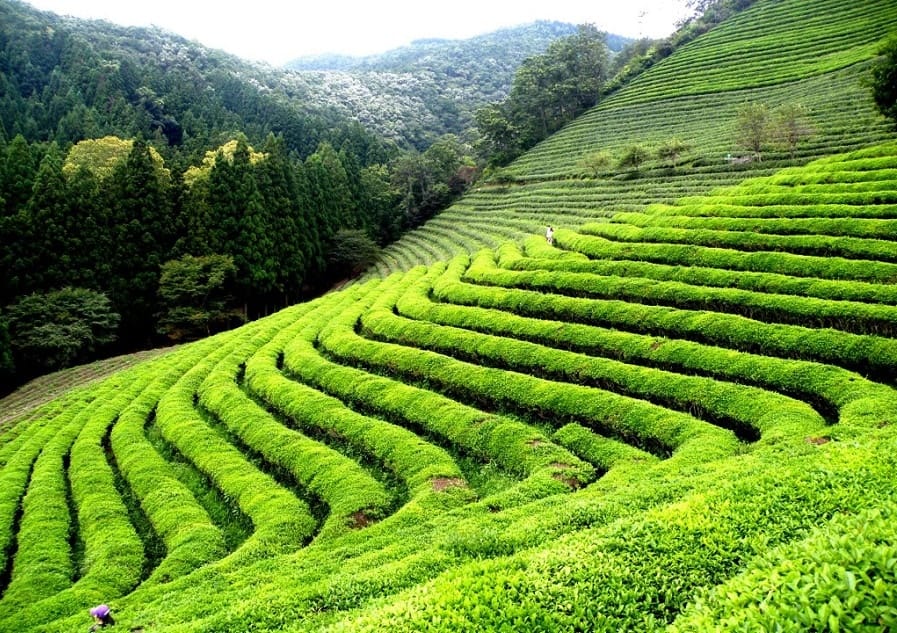
Mandara Mountains (Adamawa)
Straddling the border between northeastern Nigeria and northern Cameroon, the Mandara Mountains form a dramatic volcanic range that stretches approximately 200 kilometres. Renowned for their surreal rock formations, cliffs, and lush valleys, the mountains offer some of the most breathtaking hiking landscapes in the region. Scattered across the terrain are traditional hillside villages, where round huts and terrace farming dominate the scenery. Like many northern destinations, the issue isn’t a lack of beauty, it’s a lack of awareness. Most Nigerians are unaware that such a stunning mountain range even exists within their borders, and without infrastructure, road access, or consistent promotion, the Nigerian side of the Mandara Mountains remains a hidden treasure waiting to be discovered.
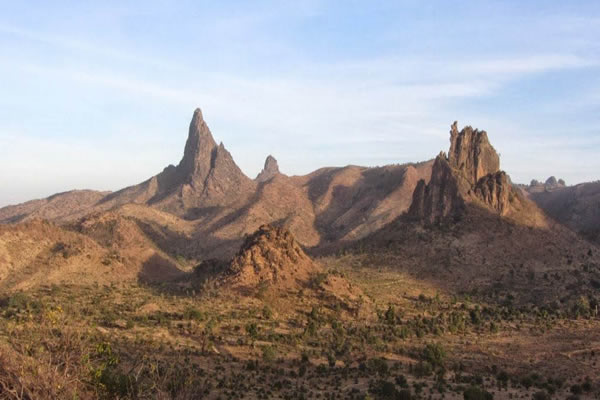
Read More:
- From Yeboah To Lookman: African Stars Battle Contracts Issues, Racism, Exclusion In Europe
- Only 38% Pass WASSCE 2025, Signalling Crisis In Nigeria’s Education System
About The Author
2 Comments
Leave a Reply Cancel reply
Related Articles
Yuletide Airfare Surge: Domestic Flights in Nigeria Break N300,000 Amid Security and Economic Pressures
As Nigerians prepare for the holiday season, airfares on key domestic routes...
ByWest Africa WeeklyDecember 4, 2025Wizkid, Seyi Vibez, and Asake Dominate Spotify’s 2025 Wrapped in Nigeria
Spotify has released its 2025 Wrapped data, and the results show another...
ByWest Africa WeeklyDecember 4, 2025Lagos Airport in Shambles Despite Billions Spent on Renovations — Broken AC, Filthy Washrooms Remain While Kotoka Stands 10 Years Ahead
Despite the government spending ₦712 billion on renovations at Murtala Muhammed International...
ByWest Africa WeeklyDecember 4, 2025Lagos Welcomes XVI Edition of S16 Film Festival Featuring Shorts, Features, and Panels
The 2025 edition of the S16 Film Festival officially opened in Lagos...
ByWest Africa WeeklyDecember 3, 2025






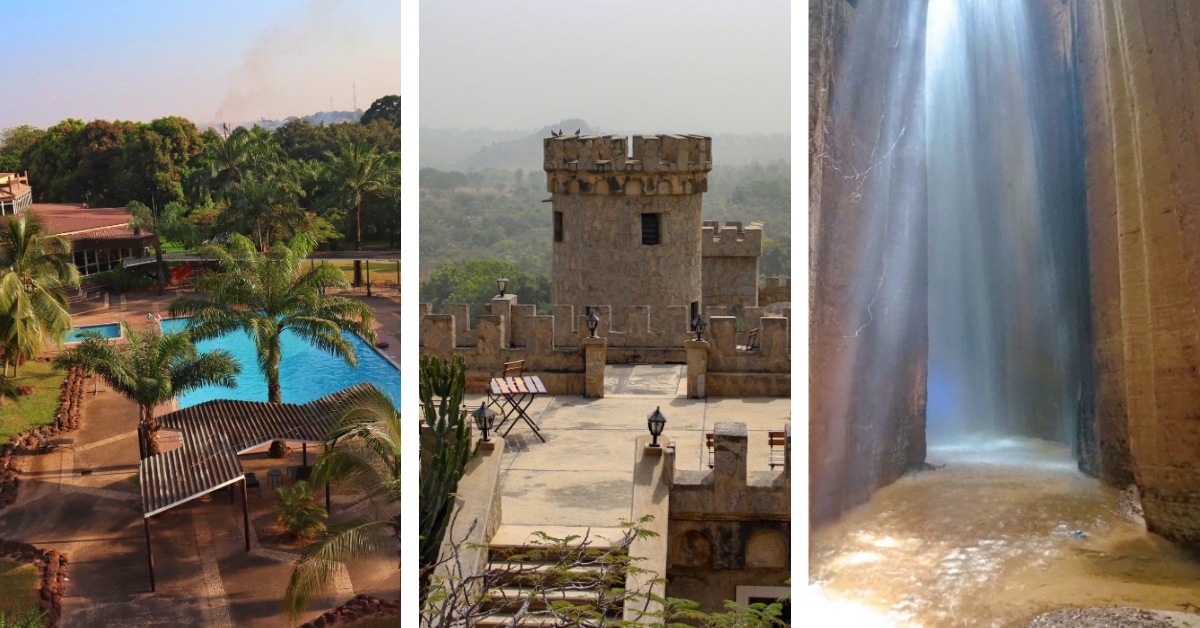


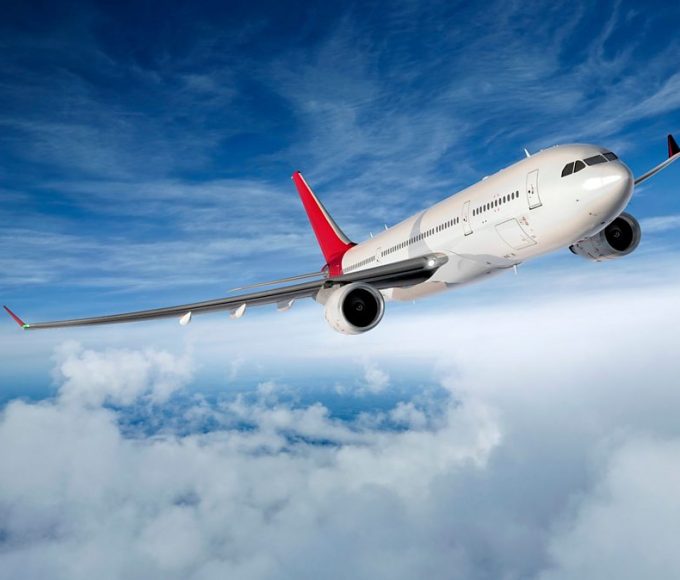

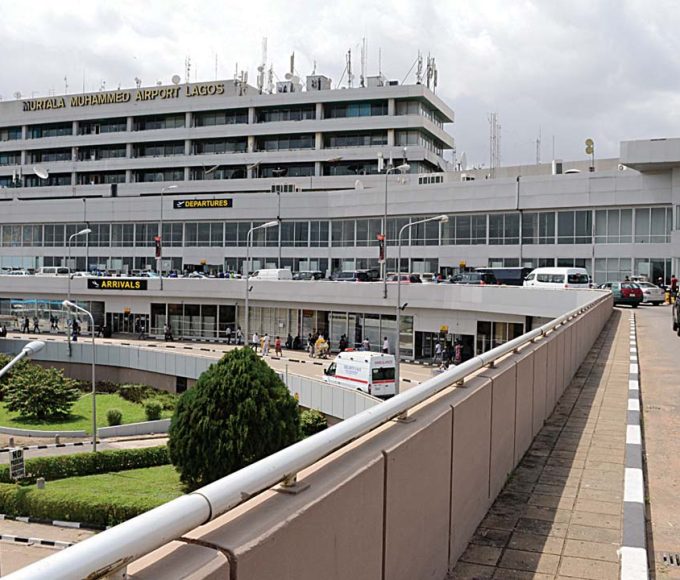

Nigeria is truly beautiful and awe-inspiring! Resource-curse and lack of visionary leadership is the only reason why these natural, money-spinning locations are underutilized. Well done for this.
This is an amazing list. Places like these are what Nigerians travel out of the country to see due to lack of visibility and awareness.
We need to revive tourism in Nigeria!